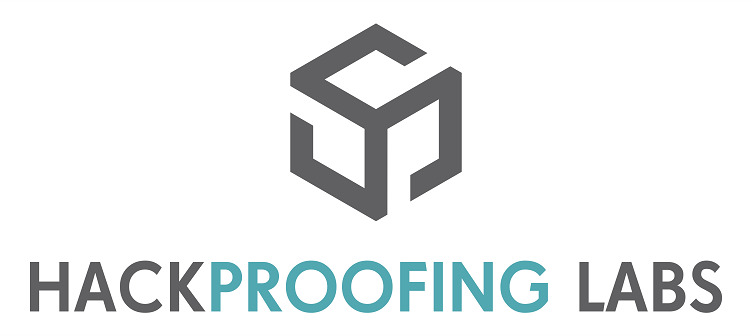O que é Hacking-Lab?
Hacking-Lab é um portal de segurança que aborda hacking e estratégias de defesa. Acreditamos no Aprendizado Prático, mas essa é uma tarefa difícil e que consome tempo, principalmente sem o ambiente apropriado para um bom aprendizado.
Por que, então, não compartilhar um lab de segurança para a comunidade? Para esse propósito o Hacking-Lab foi criado. Experiências práticas reais!
Acesse o Hacking-Lab e torne-se um membro dessa comunidade!
Desafios Hacking-Lab
Hacking-Lab provê um grande número de desafios online de segurança. Os usuários podem melhorar suas habilidades com exercícios práticos nas áreas de Network Security, Penetration Testing, Web Application Security, Unix Security, Windows Security, Reverse Engineering, Forensics e etc.
Hacking-Lab tem o orgulho de atuar juntamente com OWASP, e seus membros tem acesso gratuito aos desafios de segurança OWASP TOP 10.
Hacking-Lab no OWASP Floripa Day
Através do projeto Hacking-Lab, haverá durante o OWASP Floripa Day, a disponibilização de desafios online a serem resolvidos, com a necessidade do envio do método utilizado para exploração, e a solução das vulnerabilidades, para o projeto.
Para participar, a pessoa precisa acessar o site do projeto e cadastrar-se, criando um usuário na comunidade.
No site, estará disponível um evento privado, com pelo menos 10 desafios, cujo link para se cadastrar será informado durante evento.
Para acessar o lab remoto do HL, e resolver os desafios, é necessário baixar a distro Linux do HL, já com o acesso VPN configurado (http://media.hacking-lab.com/largefiles/livecd/ ), ou os arquivos de configuração da VPN para utilizar a partir do Backtrack, OSX ou Windows (http://media.hacking-lab.com/largefiles/livecd/z_openvpn_config/ ).
OBS1: O objetivo dos desafios não é eleger um vencedor, mas sim possibilitar o aprendizado real, na prática, através de desafios que estão vinculados aos temas abordados nas palestras apresentadas no evento.
OBS2: Qualquer pessoa poderá participar, pois o nível de dificuldade dos desafios é básico e intermediário.

